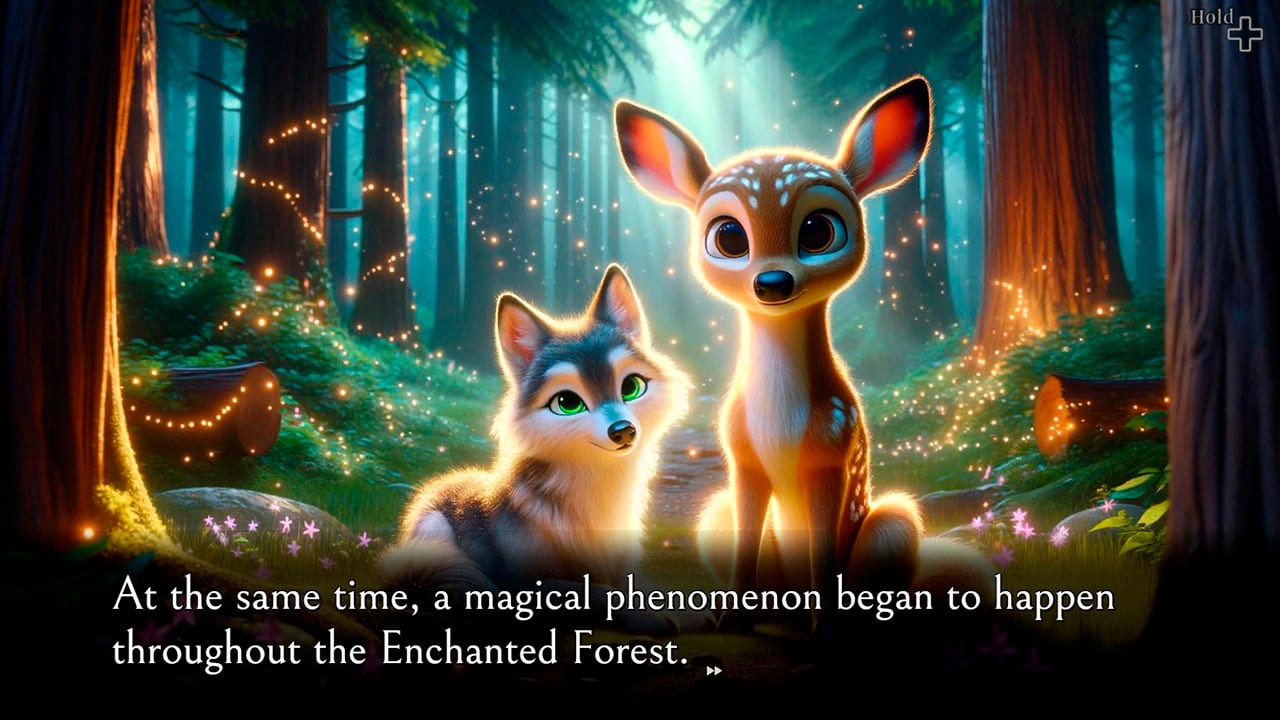The Wonder Of Animals: A Look At Animal Communication And Social Structures

Table of Contents
Diverse Forms of Animal Communication
Animals employ a diverse array of methods to communicate, far exceeding the limitations of human language. Understanding these various forms of animal communication provides crucial insight into their behavior, social structures, and overall survival strategies. We can categorize these methods into vocal and non-vocal communication, each exhibiting remarkable complexity and adaptation.
Vocal Communication
Vocal communication, utilizing sounds to convey information, is prevalent across the animal kingdom. The specific sounds, their variations, and the context in which they are used all contribute to their meaning.
- Bird Songs: Different bird species utilize unique songs for territorial defense, attracting mates, and communicating with their young. For example, the complex songs of robins help establish territories, while the chirps of sparrows warn of predators.
- Whale Calls: Whales, particularly humpback whales, are known for their intricate songs, which can last for hours and vary geographically. These songs are thought to play a crucial role in attracting mates and maintaining social cohesion within their pods. Variations in these songs can also be used to identify individual whales and groups.
- Monkey Cries: Different cries from monkeys convey various meanings depending on the context, alerting the troop to danger, expressing distress, or announcing the location of food. The specific cry is often linked to the type of threat and the monkey's emotional state.
Non-Vocal Communication
Beyond vocalizations, animals rely heavily on non-vocal methods of communication, including pheromones, body language, visual displays, and tactile communication.
- Pheromones: Insects, particularly ants and moths, heavily rely on pheromones – chemical signals – for communication. Ants use pheromone trails to guide others to food sources, while moths release pheromones to attract mates over long distances.
- Body Language: Primates, including humans, use a rich repertoire of body language for communication, such as facial expressions, postures, and gestures. Dogs also communicate extensively through body language, using tail wags, ear positions, and posture to convey their mood and intentions.
- Visual Displays: Peacocks, known for their extravagant tail feathers, use visual displays during mating rituals to attract females. Certain species of fish also utilize vibrant colors and elaborate fin movements to communicate their availability for mating or to warn off rivals.
- Tactile Communication: Elephants use tactile communication extensively, touching trunks, rubbing bodies, and engaging in other physical interactions to show affection, strengthen bonds, and communicate within their herds.
Interspecies Communication
The complexity of communication extends beyond species boundaries. Interspecies communication, though less understood, highlights the adaptability and sophistication of animal communication strategies.
- Symbiotic Relationships: Certain symbiotic relationships rely on interspecies communication for their survival. For example, cleaner fish communicate with larger fish to signal their readiness to remove parasites.
- Predator-Prey Interactions: Predator-prey interactions also involve communication signals. The alarm calls of prey species warn others of approaching danger, while predators might use specific signals to ambush their prey.
The Complexity of Animal Social Structures
Animal social structures, or animal societies, are incredibly diverse, ranging from solitary lifestyles to complex, highly organized groups. These structures are shaped by evolutionary pressures and the need for survival and reproduction.
Social Hierarchies
Many animal groups exhibit social hierarchies, or dominance hierarchies, where individuals occupy different positions based on their social rank. This structure often reduces conflict and improves resource allocation within the group.
- Wolves: Wolf packs are structured around an alpha pair, which leads the pack and controls access to resources.
- Chickens: Similar hierarchies exist in chicken flocks, with a pecking order determining access to food and other resources.
- Primates: Primate social structures can be highly complex, with intricate relationships and alliances influencing an individual's rank and social standing.
Cooperation and Altruism
Cooperation and altruism are often crucial for survival within social groups. These behaviours demonstrate a remarkable level of social intelligence and coordination.
- Cooperative Hunting: Wolves and lions demonstrate cooperative hunting strategies, coordinating their efforts to successfully bring down larger prey.
- Communal Raising of Young: Many bird species and meerkats engage in communal raising of young, where multiple individuals contribute to feeding and protecting the offspring.
- Altruistic Behavior: Warning calls given by prey animals alert others to danger, even at potential risk to the caller, demonstrating altruistic behavior driven by kin selection.
Types of Animal Societies
Animal societies exhibit a wide range of structures, reflecting the diversity of species and their ecological niches.
- Solitary: Many animals, such as tigers, lead solitary lives except during mating season.
- Pair-Bonded: Many bird species form pair bonds, cooperating in raising their young.
- Family Groups: Elephants live in family groups, led by a matriarch, providing protection and social support.
- Colonies: Ants and bees live in highly organized colonies with specialized roles for different individuals.
- Herds: Deer and wildebeest live in herds for protection from predators.
- Flocks: Birds often flock together for foraging and predator avoidance.
- Packs: Wolves live in packs, facilitating cooperative hunting and raising young.
Animal Communication and Conservation
Human activities significantly impact animal communication and social structures, threatening their survival. Understanding these impacts is crucial for developing effective conservation strategies.
- Noise Pollution: Noise pollution from human activities, such as shipping and industrial noise, interferes with the communication of many animals, particularly marine mammals like whales, hindering their ability to find mates and navigate.
- Habitat Loss: Habitat fragmentation and destruction disrupt animal social groups, isolating populations and hindering their ability to find mates and cooperate.
- Conservation Efforts: Conservation efforts are crucial to protecting animal habitats and mitigating the negative impacts of human activities on their communication and social structures.
Conclusion:
The wonder of animals lies in the intricate tapestry of communication and social structures that shape their lives. Understanding these complexities is essential for effective conservation. By appreciating the sophisticated ways animals communicate and organize themselves, we can work towards protecting these magnificent creatures and their vital ecosystems. Continue learning about the fascinating world of animal communication and social structures to contribute to a deeper understanding and more effective conservation of these vital components of our planet's biodiversity.

Featured Posts
-
 Sir Ian Mc Kellen And James Corden Collaborate On New Project Following Baby Reindeer Success
May 13, 2025
Sir Ian Mc Kellen And James Corden Collaborate On New Project Following Baby Reindeer Success
May 13, 2025 -
 Is Steven Gerrard The Next Southampton Manager A Closer Look
May 13, 2025
Is Steven Gerrard The Next Southampton Manager A Closer Look
May 13, 2025 -
 Empate Sin Goles Entre Atalanta Y Venezia Analisis Del Partido
May 13, 2025
Empate Sin Goles Entre Atalanta Y Venezia Analisis Del Partido
May 13, 2025 -
 April Zaciatok Zberu Dat Pre Aktualizovany Atlas Romskych Komunit
May 13, 2025
April Zaciatok Zberu Dat Pre Aktualizovany Atlas Romskych Komunit
May 13, 2025 -
 Hostages In Gaza The Nightmare Continues For Their Families
May 13, 2025
Hostages In Gaza The Nightmare Continues For Their Families
May 13, 2025
